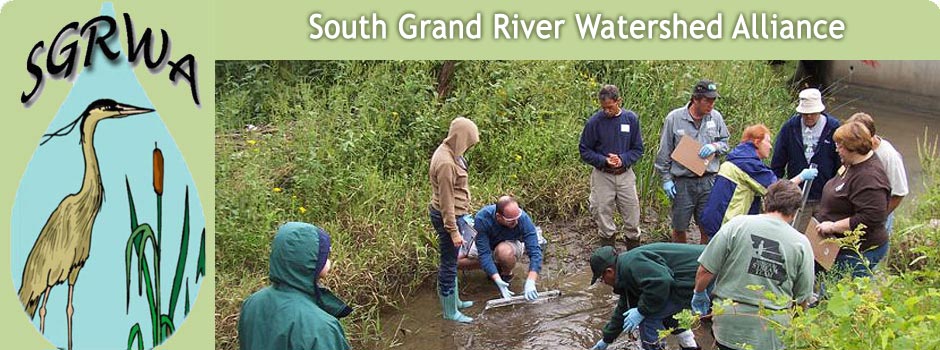Ephemeral streams (those having water in them only during times of wet weather such as rainfall, snow melt or other sources of runoff) are headwater streams that feed into larger tributaries? These headwater streams begin at the highest elevations of a watershed and begin a journey to the mouth (the lowest elevation) of the watershed. Many changes take place along the way. The amount of water in the stream increases as more tributaries join the stream, the shape of the stream changes, and the slope (gradient) increases. Chemical and biological changes occur as does the composition of the stream bottom.
The watershed is a connected system affected by many complex variables— natural phenomena such as geology, types of soil, and climate, and human activities such as agriculture, urbanization, and chemical use. All affect the quality and quantity of the water resource we depend on.
Increasing sedimentation (soil particles that are introduced into the waterways) resulting from our activities and runoff that carries contaminants from parking lots, lawn and agricultural chemicals, introduced (non-native) species of plants and animals, clearing of trees and grasslands are all threats to our water quality and quantity.
We can minimize water degradation caused by human activities by learning about and implementing actions we can each take.
